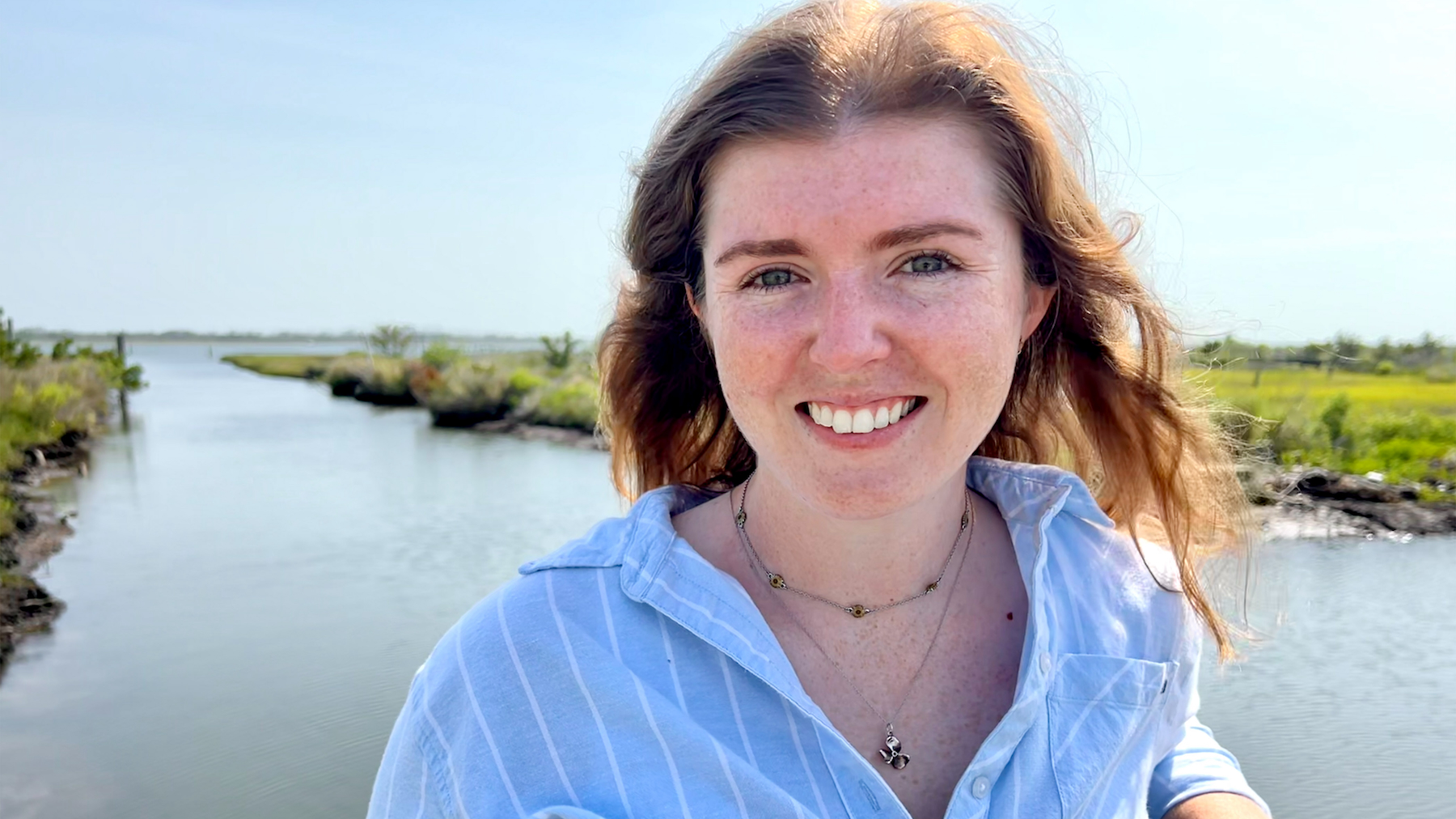The Role of CMAST in the Big Rock Blue Marlin Tournament

Last week, during the 66th Annual Big Rock Blue Marlin Tournament, the NC State Center for Marine Sciences and Technology (CMAST) once again provided support behind the scenes.
While this well-known event provides an opportunity for anglers to compete in landing the largest blue marlin, dolphinfish, yellowfin tuna, and wahoo, it also boosts the local economy and provides research opportunities for scientists across the country. But how?
Once fish leave the weigh station at the Morehead City waterfront, they are transported to CMAST, where samples are taken from each fish that comes in. Samples are taken from stomach contents, skin tissue, liver tissue, muscle tissue, gonad tissue, and eye lenses, which CMAST uses sample information in long-term research studies. Samples are sent to other researchers across the country as well.
This year, Blue Water Yacht Safe Harbor members who participate in the tournament, had the opportunity to get an insider look of the CMAST research. According to their marketing team, Safe Harbor members wanted to know more about “what happens to the fish after the pomp and circumstance of the weigh in.”
“This curiosity is how our collaboration with CMAST was born. Last year, we hosted our first Safe Harbor Members Event during Big Rock showcasing what makes [Morehead City] and the [tournament] week so special. This year, we wanted to go deeper into the sustainability and environmental impact the event has on the community. CMAST’s partnership with Big Rock is so important, yet mostly behind the scenes.” This in-depth look into the science behind the tournament provided a “full circle approach for our members to get a better understanding of that.”


